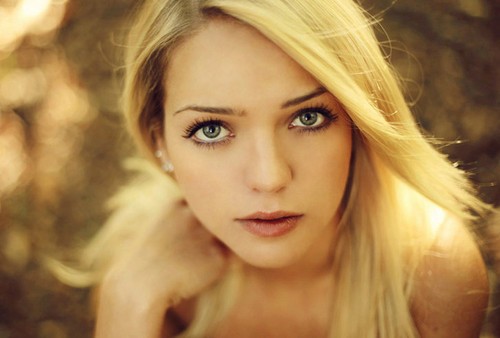Table of Contents
How to Use Color Correctly in Photography
The role of color in photography
The colors of various objects in nature are formed by the selective absorption and reflection of the sun’s rays on the objects. Light and color are closely related. Where there is light, there is color.
When photographing, you must master the knowledge of light and color, be able to distinguish different colors, observe the brightness and purity of different colors, and then take good photos in color photography.
Color can also reflect people’s feelings. In the long-term production and life practice, color is endowed with emotion and becomes a symbol representing a certain thing and thought and emotion.
Different colors can give people different psychological effects, can stimulate people’s emotions, and resonate psychologically and emotionally. At the same time, when taking pictures, it is necessary to study the relationship between color and human psychology, and play the role of color.
For example, red symbolizes joy, yellow symbolizes nobility, green symbolizes life, blue symbolizes tranquility, white symbolizes frankness, and black symbolizes terror. In photography, you must understand the relationship between color and emotion, use color purposefully, and further express the theme of the work.
There are many kinds of colors. In addition to the seven kinds of light of red, orange, yellow, green, cyan, blue and purple, there are several intermediate colors. There are about 180 species that can be identified with the naked eye. Through observation and testing, the general feeling of various colors is different.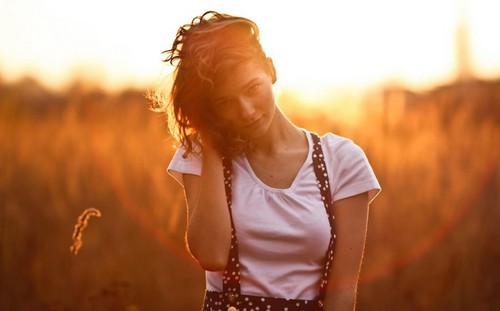
Color configuration
The application of color in photography should be reasonable and exact, emphasizing that it is consistent with people’s feelings, and emphasizes the foil to the theme. Such as wedding photos, the more red, the stronger the atmosphere.
At the same time, the color processing should be in line with people’s psychological state. In line with people’s living habits and appreciation habits, the expressive power of color can be improved.
The configuration of colors in photography should be carried out in accordance with the requirements of artistic laws. The color configuration should set off the atmosphere and highlight the theme. Strict framing and composition, clever use of light, and reasonable configuration of colors, to achieve the purpose of expressiveness, freehand brushwork, and lyricism.
In color photography, the more colors on the screen are not necessarily the more beautiful. Do not pile up and list, giving people the feeling of disorganization. You have to give up in order to gain something. It is necessary to be good at daring to give up and take things in the use of colors, to be good at refining, summarizing and processing colors, burying the colors in bright but not vulgar, elegant and extraordinary, and integrating beauty in the plain, so that the photographic photos can achieve the artistic effect of painting and coloring.
How to Measure Lens Angle in Photography
When taking pictures, what we see with the naked eye is a three-dimensional object. But what you see in the camera viewfinder is a flat image, and the viewing angle is also limited.
The human eye has a wide viewing angle, and its perspective is equivalent to that of an 85-90mm mid-focus lens mounted on a 35mm camera. When people have a specific interest, they focus on the main points of interest and ignore objects other than the main points. In this way, the scene seen by the naked eye is sometimes equivalent to the viewing angle range of a lens with a longer focal length.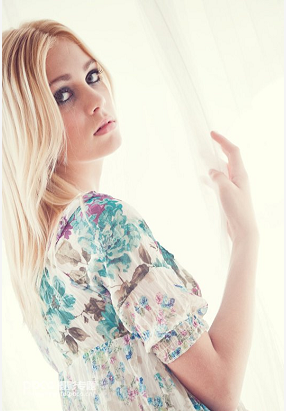
On the whole, the human viewing angle is similar to that of a 150° wide-angle lens. If there is an object in the line of sight, it occupies an angle of view of about 50°, which is close to that of a standard lens. If we find that this object has some details, the angle of view of the naked eye quickly becomes that of a long focal length lens of about 2.5°.
There are many lenses with different focal lengths for us to use, corresponding to the angle of view of the object observed by the naked eye. Each lens has its own angle of view. It is difficult to remember which lens is what angle of view. Many lenses are not known until they are attached to the camera.
Here we can use a certain part of our body as a standard to get a rough idea of the angle of view of the camera. For example, straighten your arms and bend your palms inward. The coverage of the two palms, including the fingers, is equivalent to the field of view of a 100mm focal length lens on a 35mm camera.
How to Choose the Shooting Angle
The importance of shooting angle
The angle from which the photo is taken not only plays an important role in expressing the content of the shot, but is also an indispensable part of forming a beautiful composition. Different shooting angles, the photos taken are very different. Changing the angle can directly affect the structure of the picture.
For example, three photos are taken at the same distance, at the same height, and with the same focal length, using the elevation, flat, and depression angles. Although the front and rear scenery does not change, the content included in the picture is different.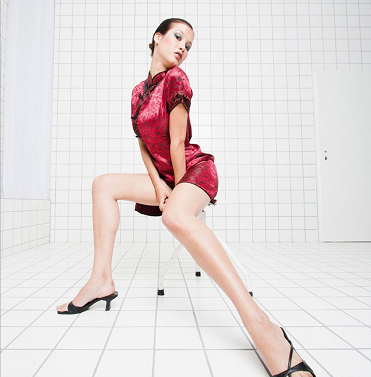
If you use different heights, at the same distance, and take three more photos with elevation, flat, and depression angles, you will find that the foreground and background change greatly. This means that the angle of the camera and the subject is different, and the effect is not the same. The height of the lens angle directly affects the change of the horizontal line and spatial depth in the picture.
The use effect of depression angle, flat angle and elevation angle
Depression angle, that is, the position of the camera is higher than the object when taking pictures, and the picture is taken from top to bottom. It is characterized by a wide field of vision, a large scene, and a complete view of the whole scene. This method is mostly used for shooting large scenes, such as shooting large-scale harvests of grain, grasslands and groups of livestock, transportation hubs, water surfaces, etc. If the depression angle is large, although there is no broad scene, it also has its unique effect when shooting special subjects.
Flat angle, that is, the camera and the subject are roughly on a horizontal line. This angle is close to the habitual impression of the human eye. The characteristics of the head-up composition are that the perspective effect is good, and it is generally not easy to produce deformation. This method is easy and convenient, and does not require any additional equipment. But the resulting photos are rarely changed or new. Photography beginners are accustomed to taking pictures with a head-up angle.
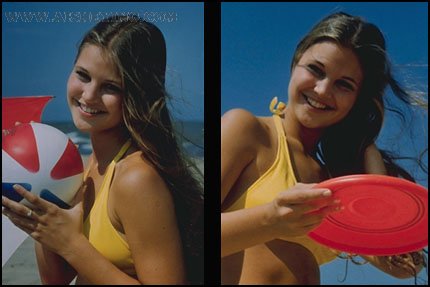
elevation angle, which is shot from bottom to top. The camera is lower than the subject, resulting in a photo with a low horizon. The feature of elevation angle shooting is that it can make the scene look magnificent and tall. Such as shooting buildings, there is a sense of straight into the sky. Taking high-altitude diving, with the blue sky as the background, shows the athlete’s momentum and the feeling of flying in the sky. When shooting at a low angle, the cluttered background can also be discarded, so that the picture is concise and the subject stands out.
The combination of shooting angle and the horizontal angle of the scene
While choosing the high and low angle, you should also choose the horizontal angle of the scene. Take a building as an example, whether to photograph the front, side or back requires multiple observations.
After setting the angle, compose the picture. For another example, when taking a portrait of a person, you might as well surround the subject, combine the characteristics of light, face shape, etc., observe carefully, and shoot at the most beautiful and ideal angle.
The choice of angle is mainly subject to the needs of the content. Which aspect can best reflect the characteristics of the subject and is the most expressive, just shoot in which position. Front, side, and back shots, each with its own characteristics.
The frontal composition, the line structure is symmetrical and stable, with a solemn and majestic atmosphere. However, the front composition lacks a sense of perspective and is easy to be rigid.
The side composition has a strong sense of three-dimensionality. That can produce a sense of space and the effect of line perspective. If you shoot portraits from the side, you can fully display the graceful posture and facial expressions. Using the contrast of light and dark, the three-dimensional effect can be enhanced. This is the angle that is usually used more.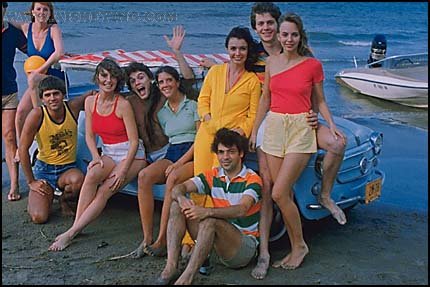
Shooting from the oblique side, the scene has a part of the front and a part of the side in the picture. The entire outline of the subject can be highlighted.
Most of the back compositions are used for the special needs of the content and can show special effects. There are also many impressive and good works in the back shot, which must be experienced and explored in practice.
How to Use Lines in Photography
The role of lines
All objects are made of lines. For example, houses are composed of vertical and horizontal lines. Mountains and rivers are composed of curved lines. Trees are composed of vertical lines. And spheres are composed of curved lines.
When the object moves, the lines change. For example, when a person stands, it is a vertical line and when running, it becomes an oblique line. Mastering the structural changes of lines plays an important role in the composition of photos.
horizontal lines.
It enables the human vision to observe from left to right or right to left. This results in a feeling of expanse and calm. The line structure of the sea, grassland, seedling fields and wheat fields are all horizontal lines. Looking at it makes one’s heart open.
vertical lines.
An image that can make people feel the scene from top to bottom or bottom to top. Gives a solemn and great feeling. Such as sturdy trees, standing chimneys, towering derricks, tall statues, etc., are all represented by vertical lines on the screen.
Slash lines.
If the scene shows a diagonal structure on the picture, the space end of the picture will obviously expand or shrink. It gives people the feeling of movement. Oblique lines can lead people’s eyes to the depths of the space. It forms a vision of near big and far small. The take-off of the plane, the fast running of the athletes, and the shooting of artillery fire are all represented by slashed lines.
Curved lines.
Curved lines can give people a twist, jump, and intense feeling, which increases the beauty of the picture. Rolling mountains, galloping seas, winding trails, and winding rivers are all curvilinear structures. Curves can vividly reflect the characteristics of the scene.
How to use lines
When taking photos, be good at using lines. Every picture should have a main line. It unifies the scattered lines around it, forms the center of the picture. And it leads people’s vision to the main body. At the same time, the change of lines is used to express the perspective effect and sense of space of the photo.
When taking pictures, we must be good at grasping the main line. And at the same time use the thickness and depth of the line to form a certain rhythm and rhythm through combination, giving people a sense of weight, speed, and strength. Express the photographer’s thoughts and feelings and reveal the subject of the photo.
For example, the lines of the front composition are symmetrical and stable. This can give people a solemn and majestic atmosphere. Another example is the contour line has the function of indicating the shape and posture of the object. In particular, the figures, the rocks on the mountain peaks, and the dancing postures are all the use of curved lines. By making good use of the contour lines, you can truly and vividly reflect the original appearance of things. And achieve the purpose of vivid shooting.
There are two kinds of lines on the picture, intangible and tangible. The visible lines are visible on the picture. The invisible lines are drawn from the inner intention of the scene in the photograph. Such as the aspect of movement, the direction of people’s eyes and sight, etc. When using, it is necessary to take into account both of them, so that they both get satisfactory performance.
(To Be Continued)
